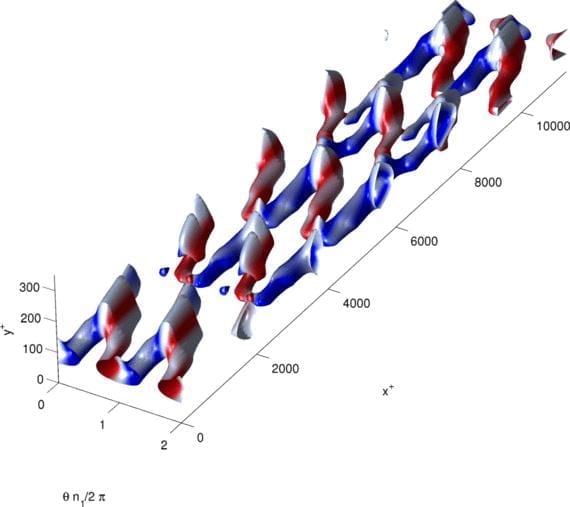Not long ago, we reported on a prototype thin, flexible smartphone known as the Paperphone.
While it isn’t actually made out of paper, the success of a research project at North Carolina State University indicates that phones in the future could be. Scientists there have been able to deposit conductive nanocoatings onto textiles, meaning that items such as pieces of paper or clothing could ultimately be used as electronic devices.
The NCSU team used a process of atomic layer deposition to apply coatings of inorganic materials to textiles such as woven cotton and nonwoven polypropylene, which is commonly utilized in reusable grocery bags. The materials used in the coatings are normally applied to inorganic surfaces, such as those found in devices like solar cells, sensors and microelectronics. The coatings themselves are very thin – thousands of times thinner than a human hair.
In order to quantify the conductivity of the textiles, the researchers had to create a new testing process. Ordinarily, conductivity of materials is tested using a four-pointed probe. A current is applied between two of the points, while the voltage is measured between the other two. These probes were too small to give an accurate reading on textiles, however, so larger probes had to be created.
Related articles
- ‘PaperPhone’: Cellphone of the Future? (abcnews.go.com)










